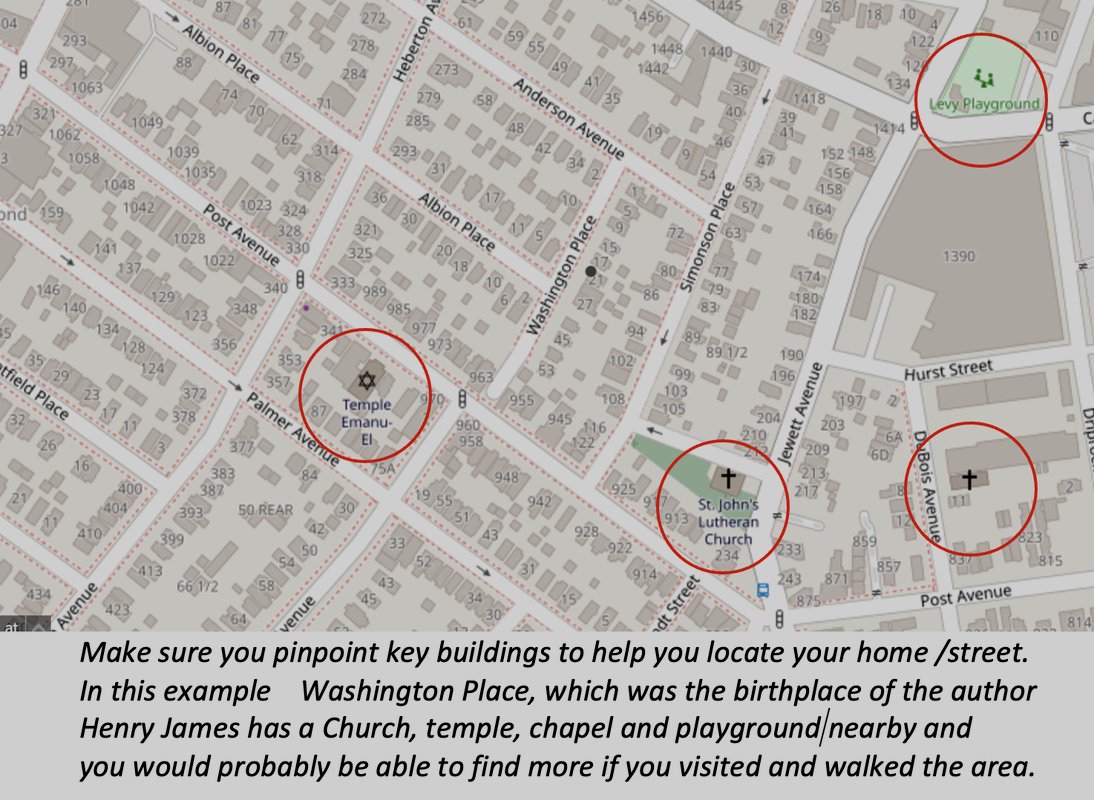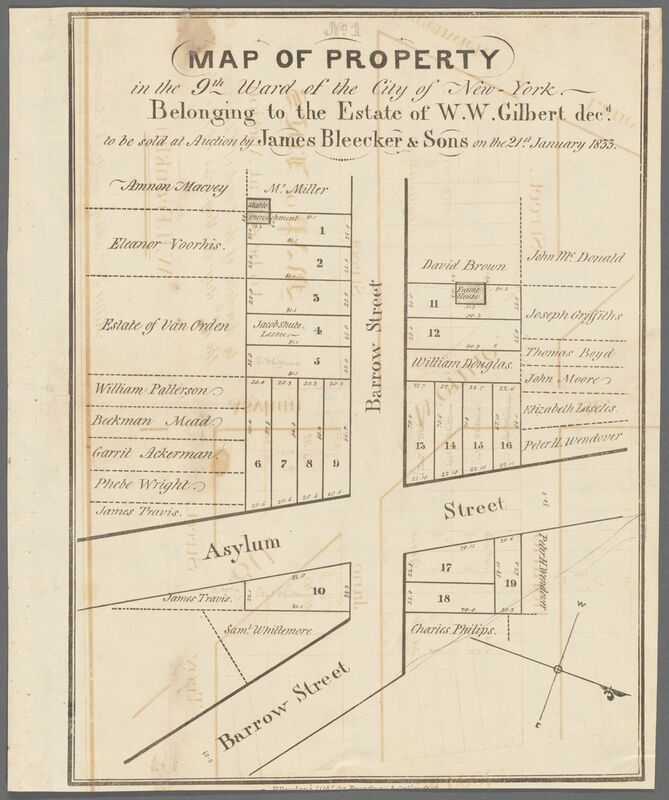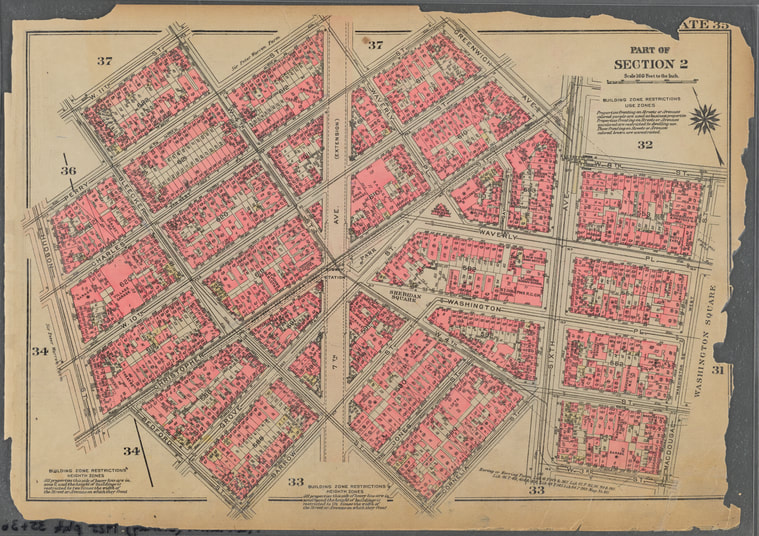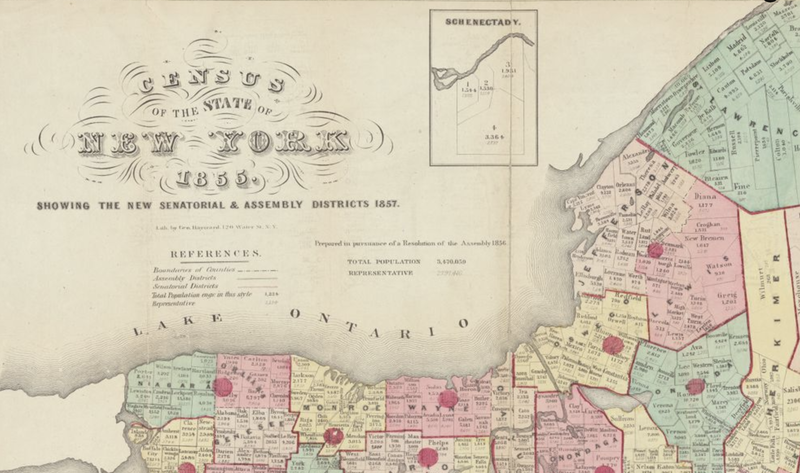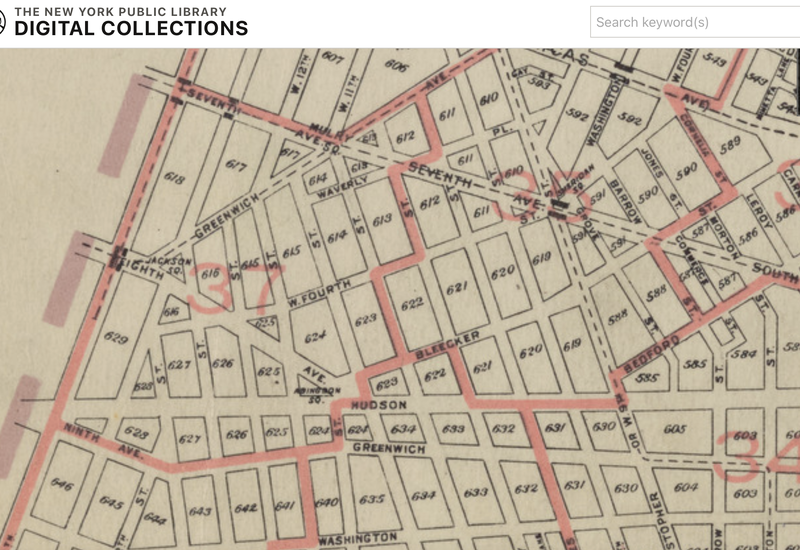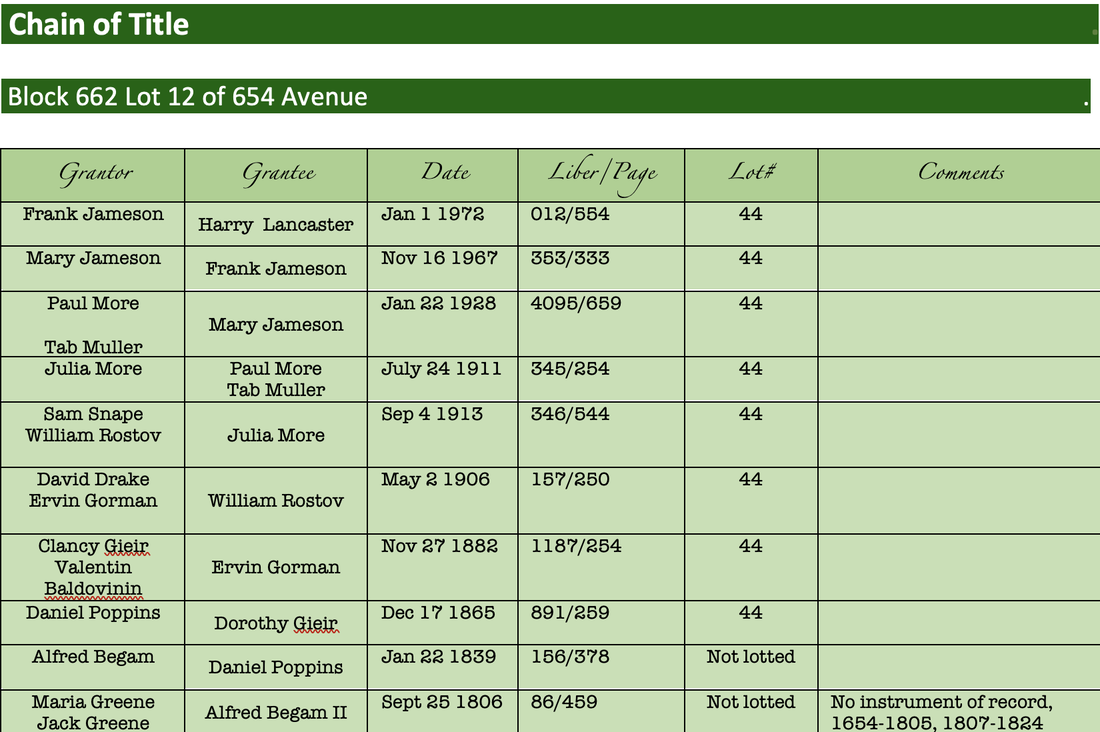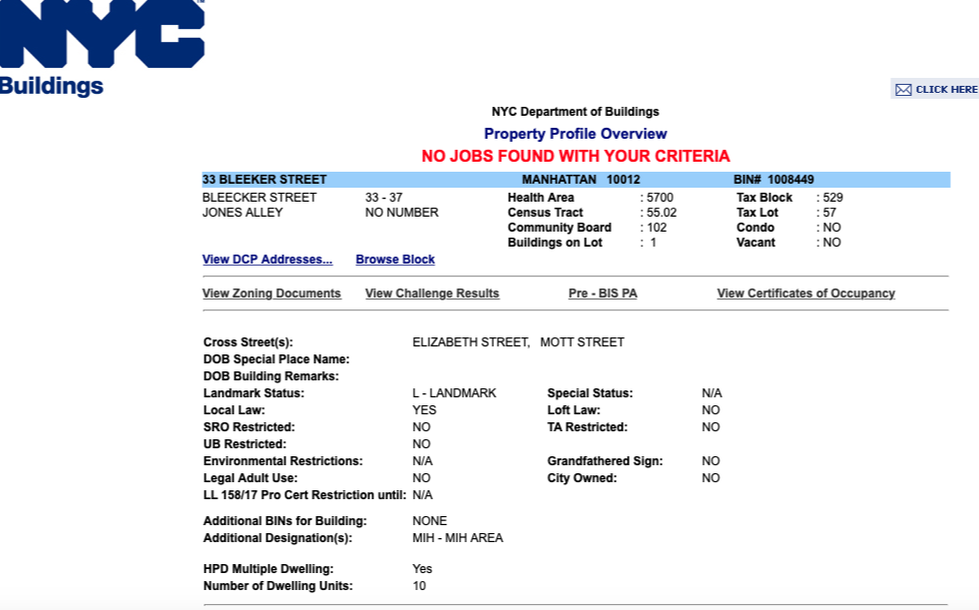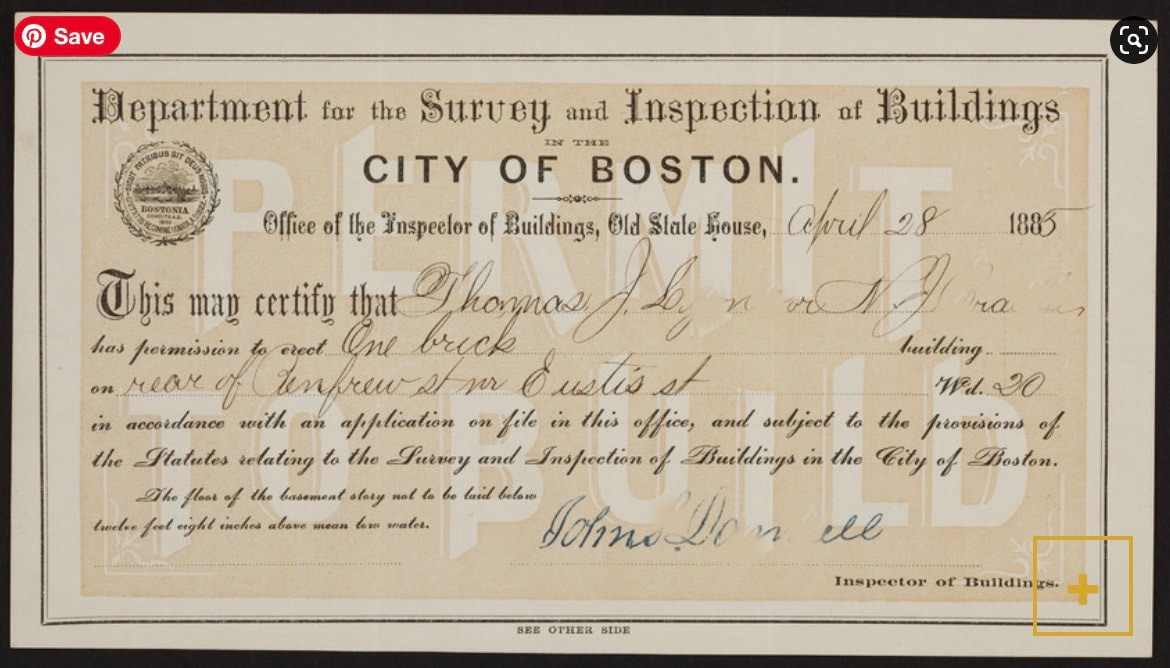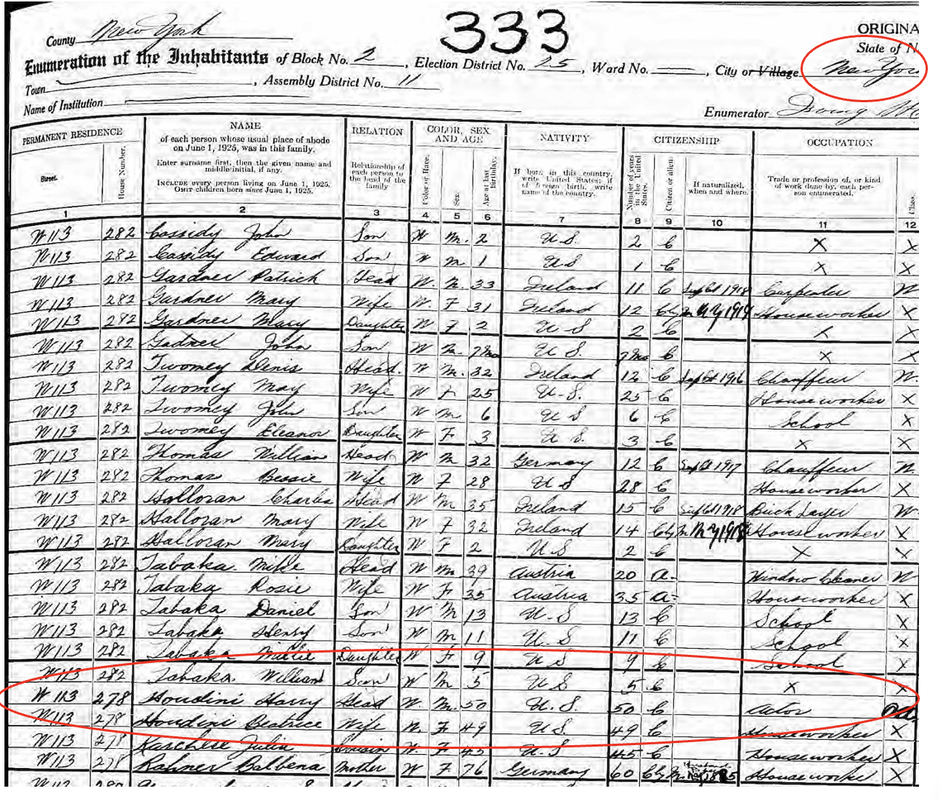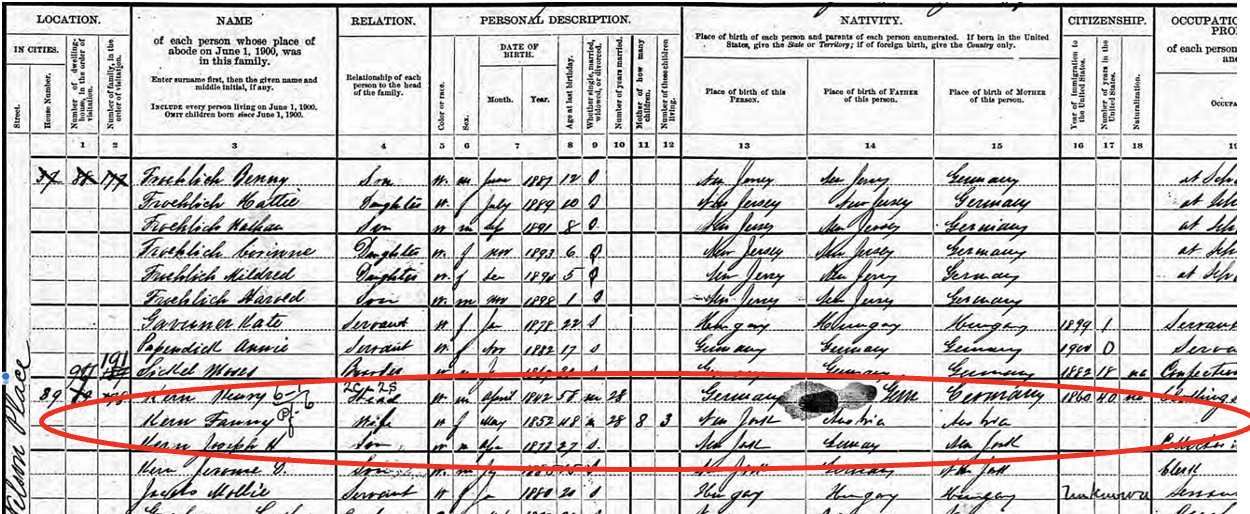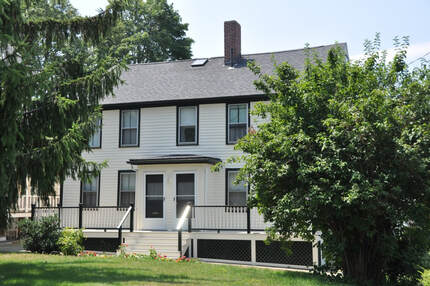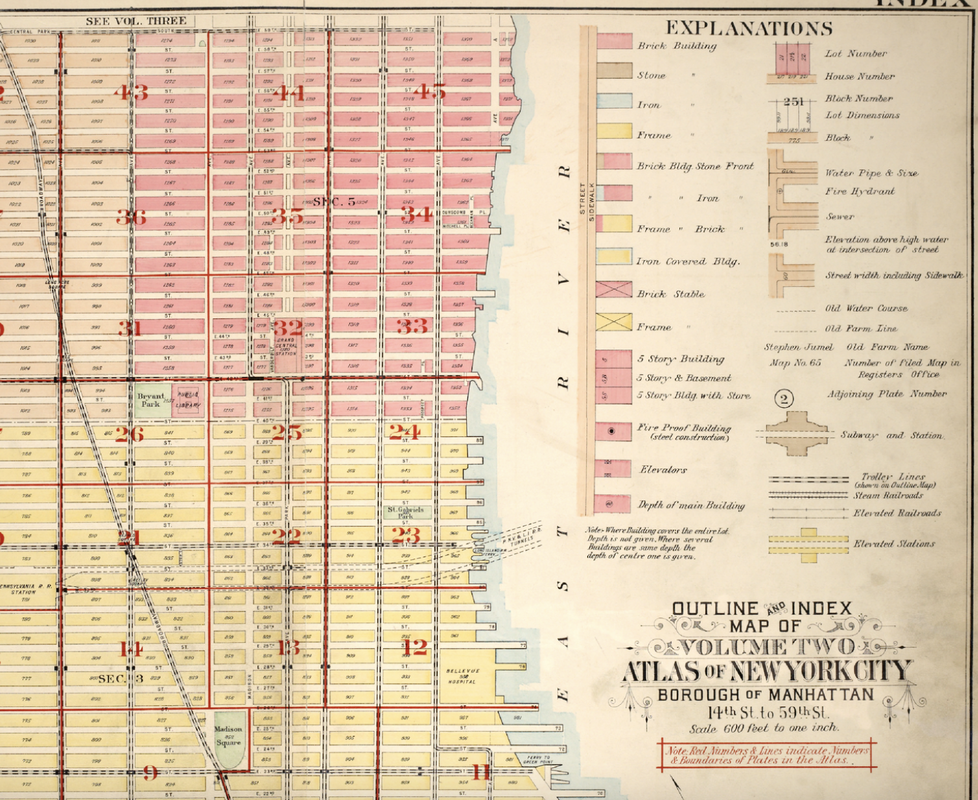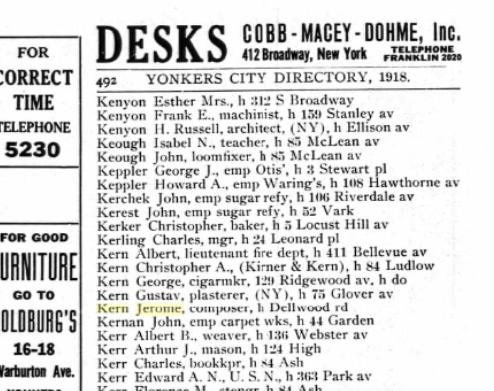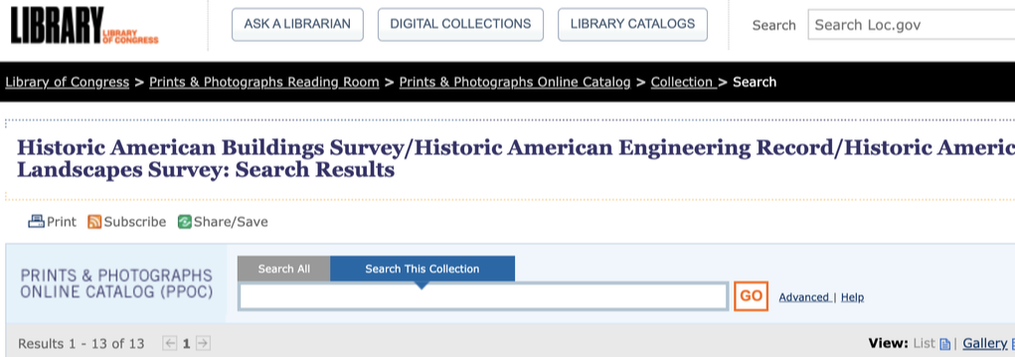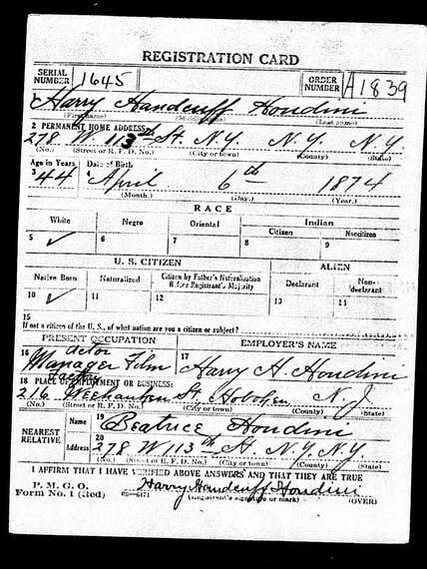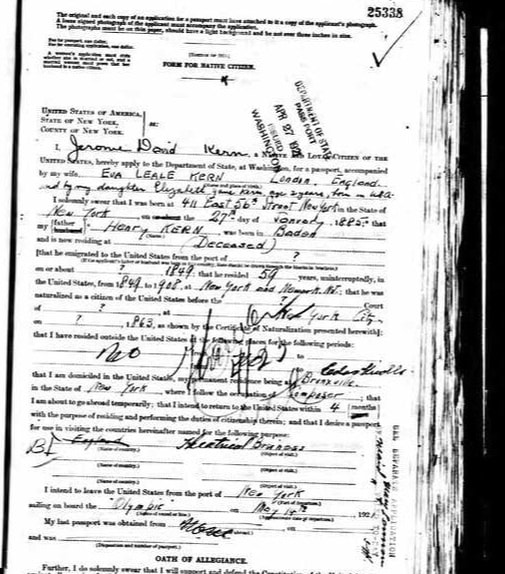Discover the history of
your american home
|
Most of the steps required to research the history of a home or the people that lived at your address are the same wherever you live and this website covers the general principles. However some of the terms used and research establishments in the U.S. are different and so some of the key issues are set out here.
Where to begin? What information is readily available?Work backwards from what you know now; taking a step at a time and making sure at each stage you are satisfied that you have the correct information
|
|
|
Before looking at what records are available we have one important piece of advice - locate your house on a map
There are many maps on line and Local libraries and Record Offices contain sets.
|
Maps come in many formats and here are four examples
|
|
The chain of title Is the list of people who have owned the house - details of which can be found in the deeds.
The deeds are the proof of property ownership and contain information about the owners and sometimes maps of the plot. It is a legal document required to be completed at each transfer of the property so it is vital to locate these. Deeds can usually be found in the Register of Deeds office at the Historical Society, or sometimes they are available on microfilm or even on line. From these build the chain of title or ownership history starting from the current owner. These deeds will list the grantee, grantor, legal description, date and amount paid. Deeds may not always mention a house - only the land - but if it does this will give you information about the owners and is a good start but to find out more we need to consult other documents. If you have a Abstract of Title you can skip searching for deeds at least up and until the date of the Abstract.
The Chain of Title is a part of the process of discovering your house history. From this it is likely that you know who owned the land and some dates to guide to the next part. Let's look deeper into the records of the house itself and consider who built it using Building Permits and then onto Mechanics' Liens |
|
|
Building permits granted when your house was built often provide information on the type of structure, details of when and how the property was built and notes about the architect as well as the owner(s) can sometimes be found.
These are filed by address but can be found in chronological order making it difficult to find the appropriate ones. They are to be found at the city or county planning or zoning office or sometimes county offices. Details about older buildings may have been lodged with permits at the local library, historical societies or archives and are usually filed by street address. Get the address of your local archives and see if they have a guide to tracing the history of your house. Your local history society can be found here 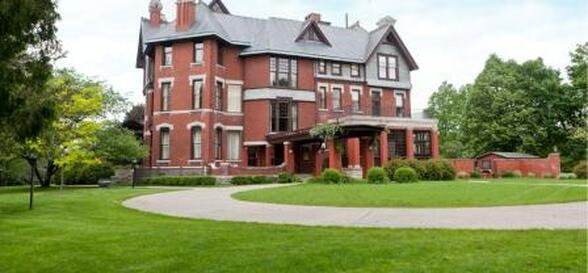
Liens are designed to ensure that a contractor is properly compensated for work that has been carried out on a house. Liens list the names of the owners and the contractor and a detailed description of the work with estimates. These can be found in clerk of the recorder of deeds in the county office where the home is located.
Now lets turn to the people that lived in the house and see if we can discover more about them and local history surrounding your house. |
Bleecker Street was the home of novelist Herman Melville in 1834. The New York archives have useful building information records . This is a property profile overview
Building Permit from Boston Library of Congress, Prints & Photographs Division, Carl Van Vechten Collection, [reproduction number, e.g., LC-USZ62-54231]
|
|
A Census was taken every 10 years with the earliest in 1790 although they are most useful to house historians since the 1850 set.
The census starts to add to the story of your house through it's occupiers and provides information about occupiers where they came from, how many children they had, the value of the property, and more. Census records can usually be found at libraries and archives. There are many paid and subscription sites. What you can expect to find in the censusApart from the names, relationships, occupation and birth place there was a lot more information available that relates to house history -
1850 Shows the value of the Real Estate 1860 & 1870 Shows value of Real Estate and personal estate indicates their status in life. 1880 This census introduces house numbers and street names 1900 - 1920 Even more clues to follow up on - this time the street, house number, whether it was house or farm and whether it was owned or rented or if the owner had a mortgage or owned it outright. 1930 All as above but this time the census wanted to know if there was a radio set! 1940 introduced a lot more questions as well as the usual relationship and occupation queries. There was the highest grade of school that the person completed; If foreign born, is the person a citizen; number of weeks worked in 1939; amount of money, wages, or salary received (including commissions) and did the person receive income of more than $50 from sources other than money wages or salary 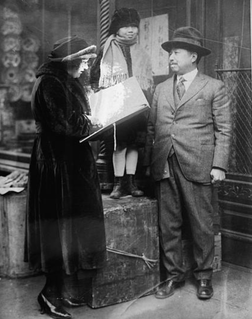
Census Taking. 1920 Photograph. Retrieved from the Library of Congress, <www.loc.gov/item/2016851519/>. |
At least in the 1924 census Harry Houdini hadnt disappeared. Here he is living in New York
Here is Jerome Kern, who was destined become a famous composer, living in Nelson's Place, New York in the 1900 census.
Where to find the Census
Some Census records may be subscription based some like
|
|
In the US the value of properties are assessed annually to determine the rate of taxation which is used to support the community's annual budget. Sometimes the assessors are known as listers or property appraiser. The information is kept on a Tax History Card which contains a brief description of the building, details of previous owners, date built and date of deeds. A sudden jump in valuation might indicate a that the house has been demolished and new construction replaces it or an addition had been added. |
International Society of Appraisers will help you find appraisers
County Government Property Appraisal web sites hold a wealth of information about the sales history of your home and those homes around you. The Public Records Online Directory is a portal to official state web sites, and those Tax Assessors' and Recorders' offices that have developed web sites for the retrieval of available public records over the internet
County Government Property Appraisal web sites hold a wealth of information about the sales history of your home and those homes around you. The Public Records Online Directory is a portal to official state web sites, and those Tax Assessors' and Recorders' offices that have developed web sites for the retrieval of available public records over the internet
|
Historical fire insurance records contain information about the nature of an insured building, its value, contents, and, possibly, even floor plans. You will need to search for all the insurance companies who have been active in the area of your house. There is an excellent article providing more information at This Old House or Sanborn Fire Insurance Maps for Genealogy by Lisa Cooke
Digital Sanborn Map Collection In 1867, the Sanborn Map Company of Pelham, New York, produced a collection of maps of American cities and towns to aid fire insurance companies in their assessment of properties. Many of these relate to commercial properties or fire prone areas of some towns but they will mention houses in the vicinity. |
|
Directories provide information about who lived in your house but also by looking at street lists you can see how the neighborhood was set out. Old phone books can also be helpful for tracing people who have lived in your house. The local library or heritage centre is the best place to start although there are some links on line.
City Directories of the United States of America provides a register of known city directories, their years, and repositories for the United States Bear in mind that street names and numbering can change so keep a note of surrounding properties or landmarks as you read from year to year. Also you must take care when noting the date of the information you glean from directories as there could easily be a two-year delay between gathering the information and publishing it or indeed in listing any changes that might occur.
A street directory is a finding aid and very useful, particularly in helping to locate people in the census but it must be treated with caution if you are looking for residents and assume an event occurred +/- 2 years on either side of the publication. A link to on line directories can be found at the Online Historical Directories site Ancestry has a searchable selection of U.S. City Directories, 1822-1995 |
Jerome Kern the compose is found here in the 1918 Yonkers New York Street directory
|
HISTORIC AMERICAN BUILDING SURVEY
The Historic Buildings survey (HABS) which was started in 1936 and is still in progress could provide useful information. The surveys can be examined by State, County and Municipality.Information to be found consists of historic name, description of the building, a statement setting out why the building was chosen to be of architectural or historic merit as well as its overall condition.
|
Newspapers can be a valuable resource for researching the history of a house. Here are some tips for using newspapers in your house history research:
|
How a newspaper can help in this case to find an obituary for George Pullman whose Will is featured below
|
|
Wills can be an excellent resource for understanding the history of a house or property in America. They can provide a wealth of information about the property's ownership and history, as well as the social and economic context of the time period in which it was written.Here are some ways that wills can be used in American house history:
Estate records relate to the individual estate after they have died. If the person dies without a will (intestate) the courts will require an inventory of the deceased's possessions which can be very useful for house historians. Check with the Clerk of the District Court for more information on how to locate these. Ancestry have a collection of Wills and Probates |
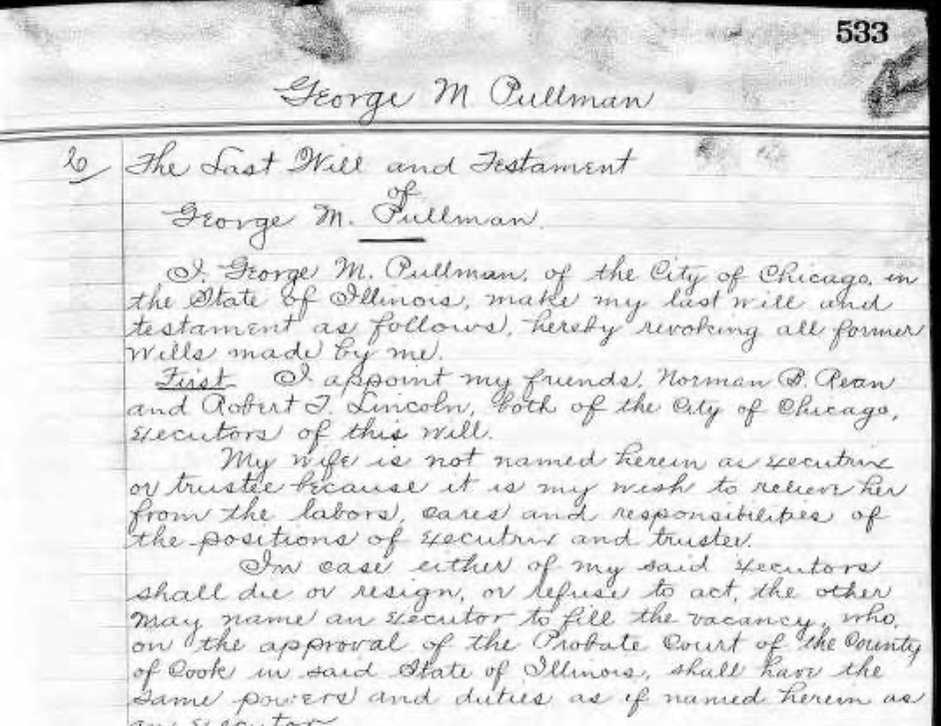
The Will of George Pullman, engineer and industrialist who designed and manufactured the Pullman sleeping car and founded a company town, It lists the address of his house, family members and lots more useful information and bequests to charities.
This is part of the probate process for George M Pullman. An executor's bond is a type of surety bond that may be required of an individual appointed as an executor or personal representative of an estate.
|
WHERE CAN I DISCOVER MORE?The information above shows you some of the key resources available but there are far more. We recommend that you look round the whole of this website for inspiration and advice. We also provide some links below but far more can be found on more help and advice .........
Some online resources can be found at -
The David Rumsey Map Collection (free) extensive online collection of historical atlases, maps, and other antique cartographic material. Downloads available. The Library of Congress American Memory Collection (free) cities and towns, conservation and environment, cultural landscapes, discovery and exploration, general maps, military battles and campaigns, and transportation and communication. The University of Texas Perry-Castañeda Library Map Collection (free) has online state maps and atlases. The Norman B Leventhal Map Center (free) is in the process of digitizing a significant portion of its 200,000 historic maps and 5,000 atlases. The collection's scope is the World, Europe, and America, with particular attention to New England, Massachusetts, and Boston from the 15th century to the present day. Interesting American Houses and House MuseumsIf you wan to know more about researching house history in your county, town or state then we list the local GUIDES that are available. Links to useful US sites can be found by clicking here Find My Past has easy access to many free records dedicated to helping you trace the history of a house Want to date your house?Go to How old is my American House with lots examples of American house styles. |
Lots of records exist to help you discover more about the life of occupiers of your house. This for instance is an application for a passport from Jerome Kern
|
News & New Releases
Ordnance Survey Special Offfer Map Finder
Ordnance Survey Special Offer Paper Map ANNOUNCING GREAT NEW BLOG Beginner’s Guide to Tracing Your House’s History from Jen in the US. A great blog with lots of interesting hints and tips about her personal journey in to house history |
The HouseLand Registry
Maps Manorial Records Other Records Postcards & Photos Enclosures Books & House histories Church & Parish Records |
The People |
|
OUR ADVERTISING POLICY - This website receives no funding or any other form of award and is run voluntarily to provide information to those who want to trace the history of their house. We would like to say thank you to all those who have or will in future click on the advertisements they find on this page. We know they can be a nuisance or distraction and we try to make sure that they are relevant to the information we provide and our readers. However the modest income we receive from them keep the web site going. So thank you.


